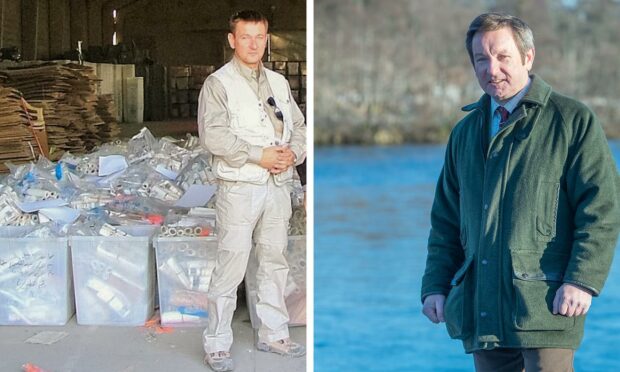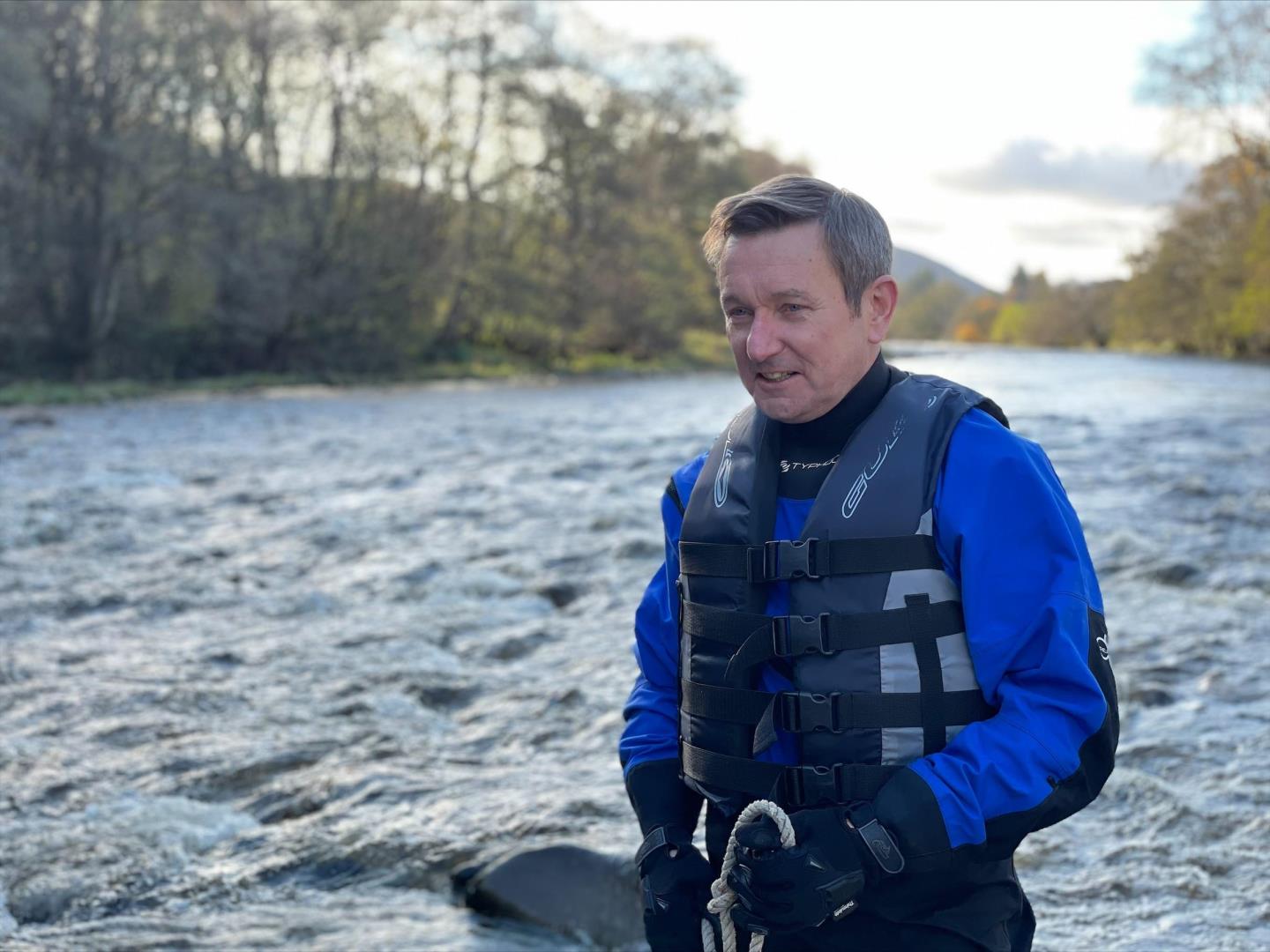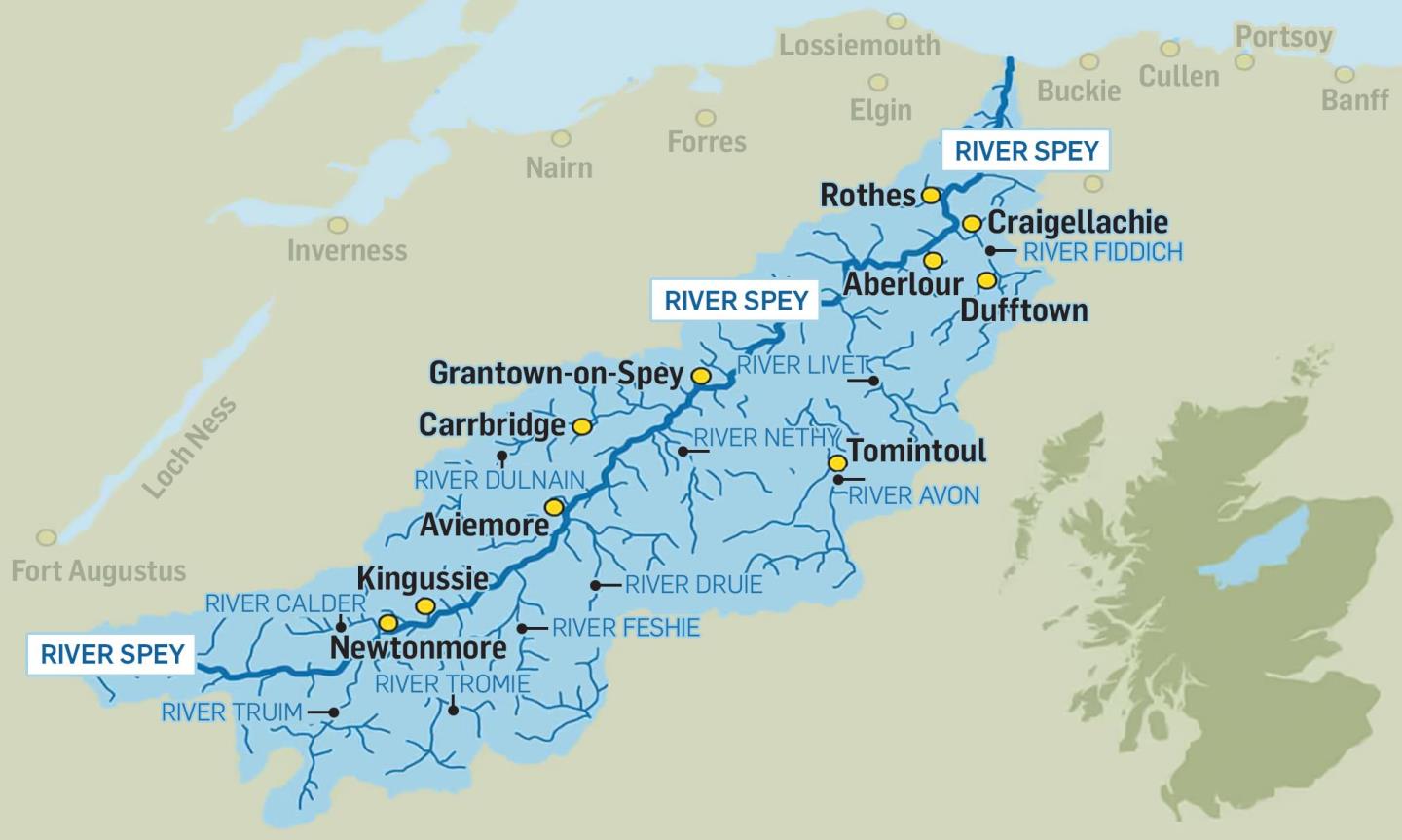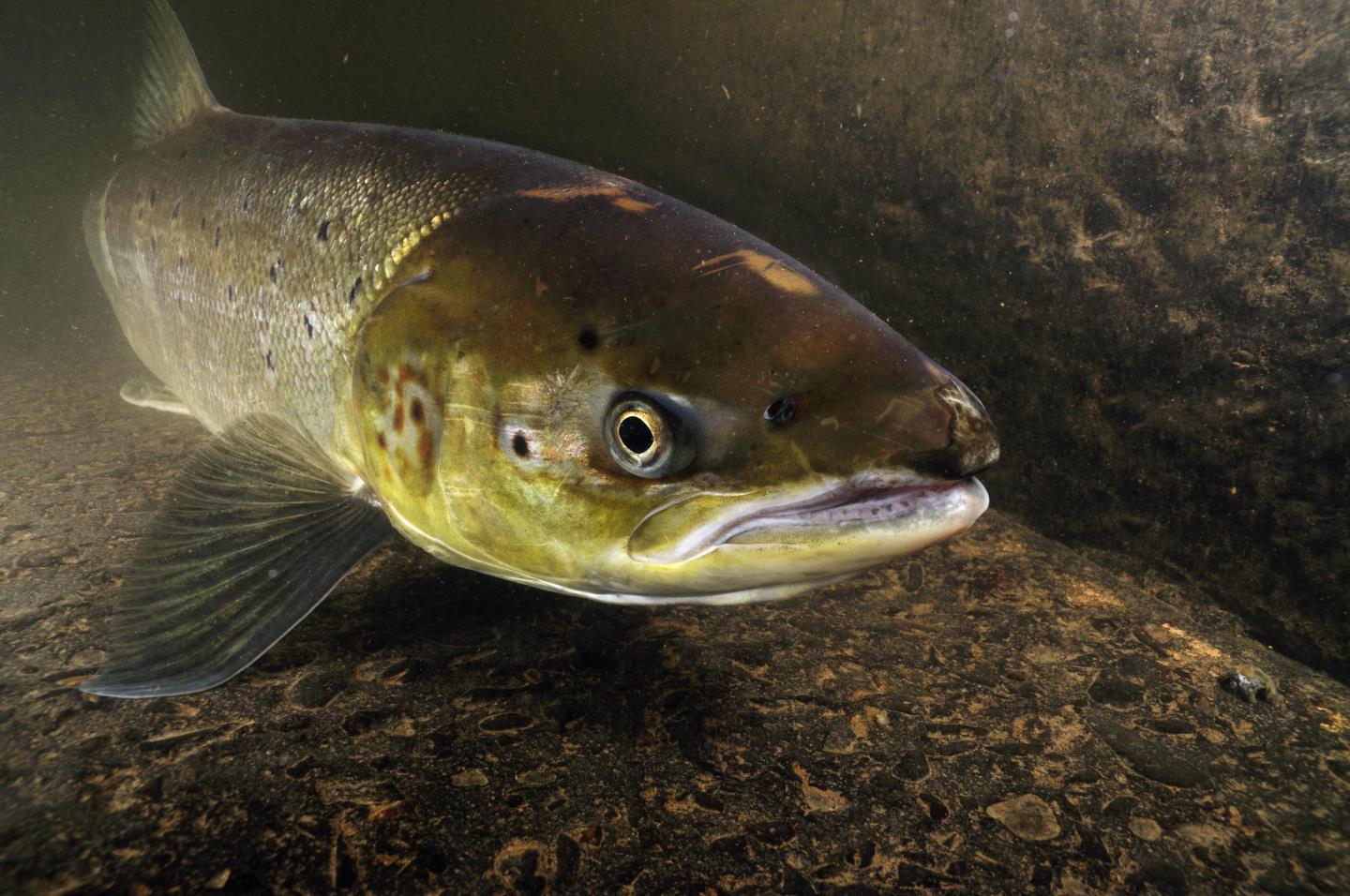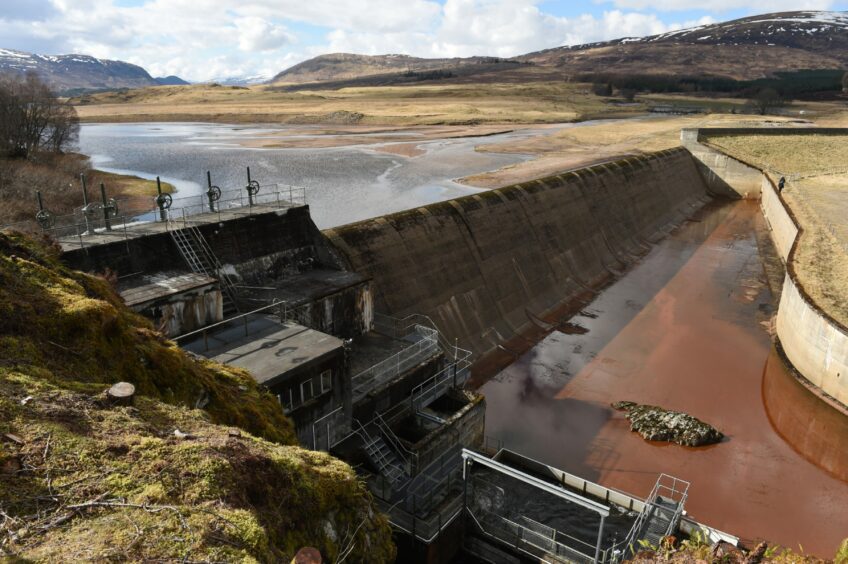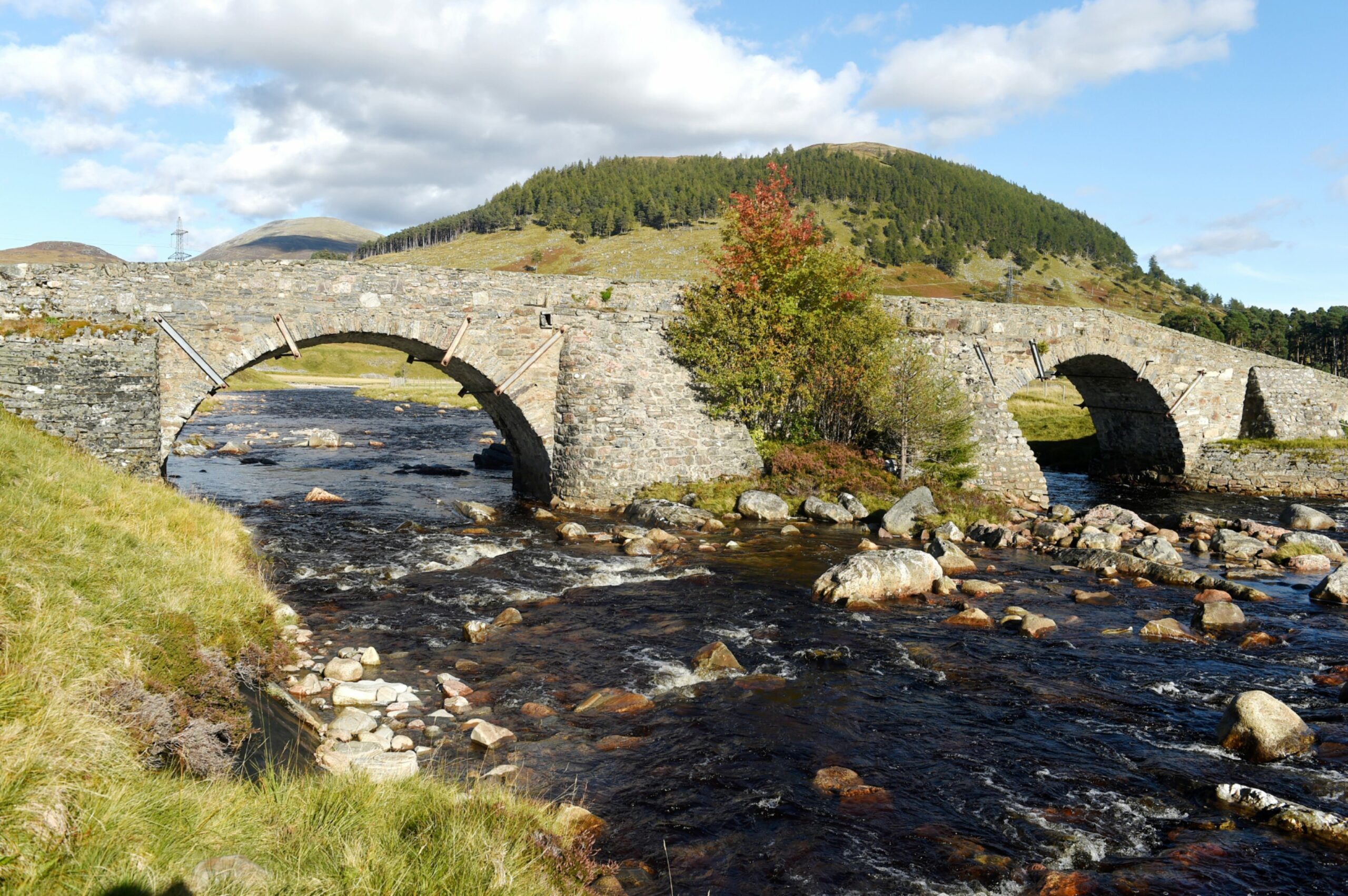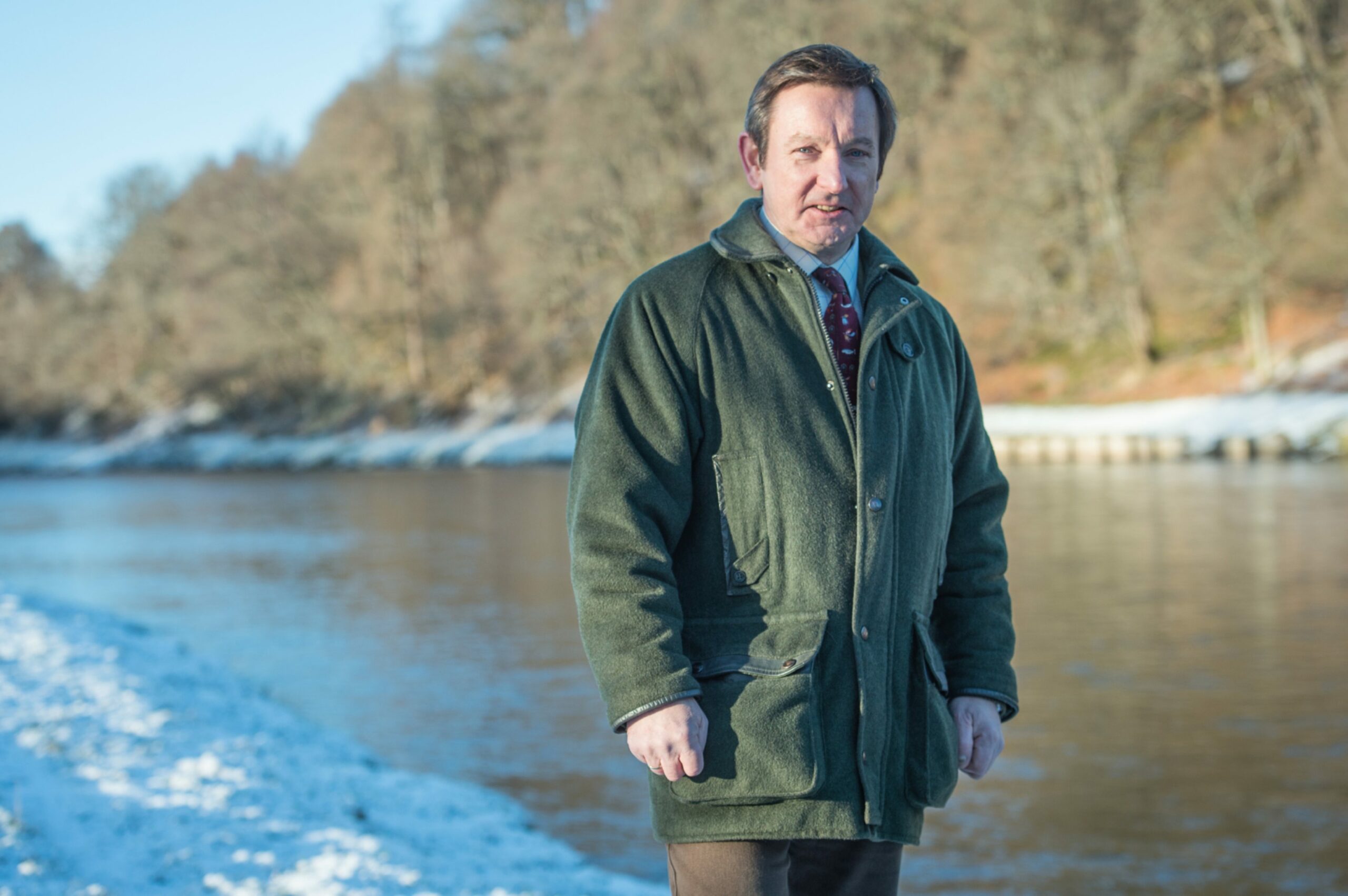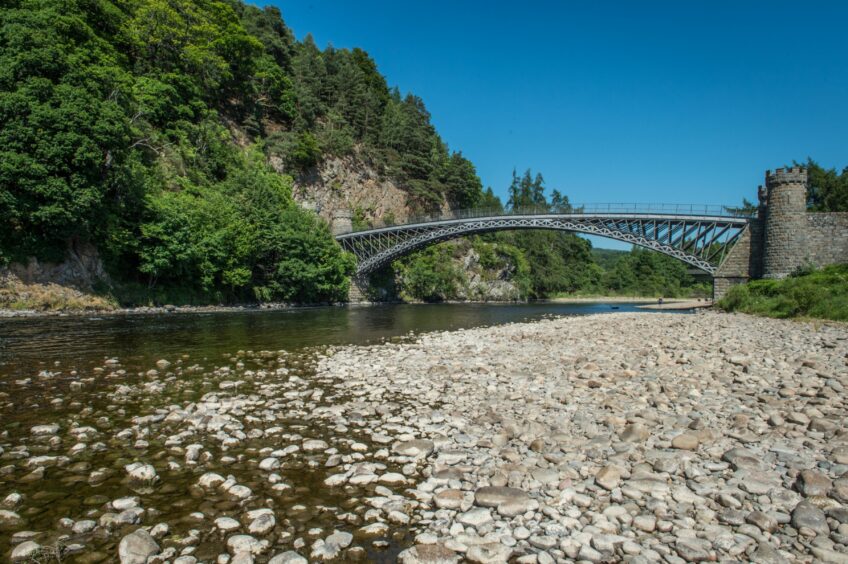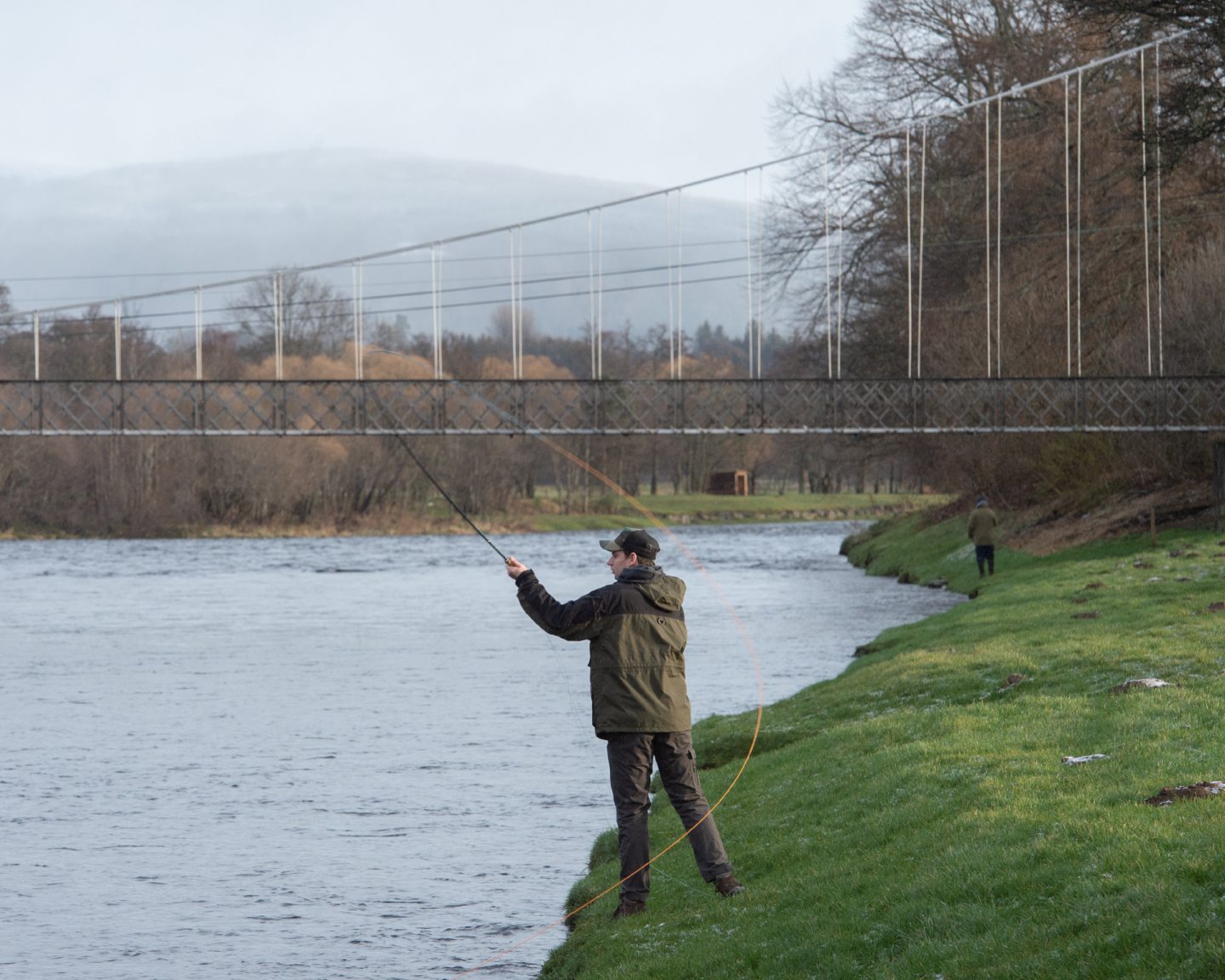Two decades ago, Roger Knight could never have imagined he’d one day be standing on the banks of the Spey, Scotland’s most famous fishing river, and worrying about its water.
Back then, his worries were a little different.
He was working as a weapons inspector in Iraq with the United Nations and was part of a number of different inspection teams based in Baghdad, covering everything from chemical weapons and nuclear warfare to ballistic missiles.
Was it frightening?
“Not really,” Roger said, “I’d had a pretty good background in dealing with difficult environments when I was an officer in the army. I suppose it was just more worrying in terms of the weapons programs that the Iraqis had pursued.”
But after a long career in the army, a stint with the Foreign Office and a decade with the UN, in 2007 Roger swapped weapons for waders when he moved to Scotland to become director of the Spey Fishery Board.
He moved into a small house just south of Elgin and got to work.
It was all very improbable.
Roger had no links to the region and had never even visited this part of Scotland before.
He’d been approached specifically for the role by an agency in London which works to repatriate ex-army officers.
“They were looking for a new director of the board and put all their requirements through the database, and, remarkably, it came up with me,” Roger said.
But Roger wasn’t sure. What did he know about rivers?
He’d spent some time working for the Falkland Island’s fisheries desk which had given him some political insight, but apart from that, his fishery experience was limited.
“They talked me into giving it a try and told me to fly up to Scotland for six months to see how things went,” he said.
“It’s 15 and a half years later and I haven’t had time to leave yet.”
Salmon fishing generates more than £12m for the local economy
The River Spey cuts right through the heart of north-east Scotland, running like an artery from the wild upper reaches of the Cairngorms to the Moray Firth.
It covers 1,900 square miles of beautiful country estate.
Internationally renowned for salmon fishing, it features on countless bucket lists the world over.
“Salmon fishing on the Spey brings in between £12 and £15 million a year to the local economy,” Roger said.
That doesn’t count permits or estate fees either. That’s the pure income generated for hotels, restaurants and local shops off the back of visitors travelling to Speyside to fish.
But the salmon that once crowded these waters have all but disappeared.
Now the emphasis on salmon fishing trips isn’t on catching a prized specimen, but for paying visitors to have a nice day out on the river.
Any fish they do catch are immediately released in the hope they will spawn.
“20 or 30 years ago most of the salmon that were caught were knocked on the head and taken for food,” Roger said.
“But of the 5,300 salmon we caught last season, 98% of those were released to spawn and the other 2% were only taken for humane dispatch purposes.
“So there has been a wholesale change in the attitude of the anglers towards salmon as a species.”
If the River Spey is so important, why is so much of its water removed?
What has happened to the salmon is the million-dollar question.
Some blame the warming climate for heating the river water, or problems with salmon food supplies out at sea. Others blame a lack of biodiversity in our modern river ecosystems.
Whatever the reason, it’s widely accepted that Scotland’s salmon are in crisis.
What Roger is most concerned about however, is the lack of water.
Today I was given my first tour of the Upper Spey catchment and I was horrified.
These images show just 3 of the dams which remove huge quantities of water from the Spey, destroying miles of prime spawning habitat above the dams.
We must #ReleasetheSpey.
More coming soon. pic.twitter.com/LXhEkUjUTZ
— River Spey (@SpeyFishBoard) March 10, 2022
It’s widely known that the Spey’s fast-flowing, ice-cold water powers 52 distilleries (and growing) producing millions of barrels of world-famous whisky every year.
A significant amount of water is also removed from the river for drinking water supplies and to be used in agriculture.
However, it’s less well-known that the Spey also feeds the hydroelectricity generators of the UK’s only aluminium smelter, located in Fort William.
Unlike the water used to generate power at the distilleries (which is returned to the river), the aluminium smelter diverts the water entirely so it never returns.
“The Spey is one of the most heavily abstracted rivers in Scotland,” said Roger.
“The Spey Dam (which diverts water for use in Fort William) is licenced to divert up to 85% of the top 12 miles of the Spey.”
It’s not the only hydro scheme on the river either. Altogether the Spey supplies water to eight hydro-electric power stations.
Why is it important that too much water isn’t diverted?
The upper reaches of the Spey are particularly important during times of low water.
They help to replenish the river during periods of hot weather and drought, ensuring that species which live in and around the river don’t suffer.
According to Roger, permanently removing this water has a “devastating” impact on the river catchment below. In some places, river flow is reduced by around 61%.
“This is having a very significant impact on the ecology of the river and all of the wildlife,” he said.
“Of course for us at the fishery board the impact on Atlantic salmon really is a cause for concern, but salmon are just one aspect of this.
“This problem is much, much bigger than just salmon.
“It’s affecting many other species throughout the catchment and with the climate projections that are forecast, it’s really incumbent upon all of us to do something about this to make the river sustainable and resilient to the climate challenges.”
Hydropower projects might be renewable, he says, but they are not green.
Why is a salmon like a canary?
The long, hot summer of 2018 lives in many of our minds as one of the best in recent memory.
But as most of us basked in the sun and enjoyed turning a subtle shade of lobster, Roger was busy worrying about water. Again.
The river level was lower than ever and he’d been reading scientific projections which suggested it might get lower still in the summers to come.
“That long hot summer that we had in 2018 is forecast to happen every other year by 2050,” he said.
“Our winters are getting wetter and warmer. The amount of snowfall is forecast to reduce by 40% by 2080.”
He is full of percentages and statistics, but what he means is that the future of the river is in doubt.
Historically the Spey is heavily dependent on snow melt for spring water supplies. No one knows what will happen if the snow stops falling.
What’s already clear however is that the problems are already well underway.
Atlantic salmon are sometimes known as the canary of the seas, Roger explains.
When something goes wrong it indicates that there are much bigger problems at stake.
“The Atlantic salmon are just one species in crisis, whereas the climate crisis is affecting many, many species in nature,” Roger said.
“It really is very, very worrying.”
Read more about the River Spey :
-
The Spey Fishery Board’s campaign to save the river Release the Spey
-
Scotland’s wild salmon crisis: Why warming rivers and hydropower could be to blame for ‘devastatingly’ low stocks
